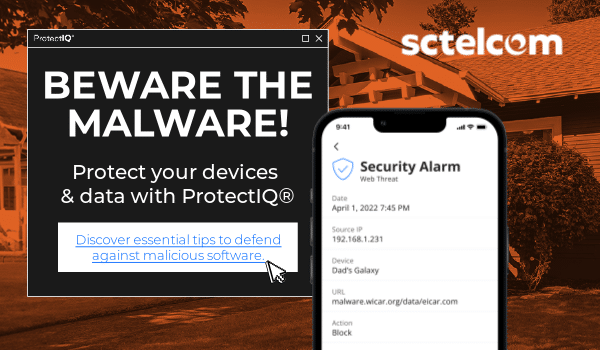Uh oh, looks like malware is running amok again!
Malicious software (aka “malware”) like viruses, worms, and spyware can wreak havoc on your devices and compromise your privacy and security online. In this article we’ll break down exactly what malware is, how it can infect your computer or phone, and most importantly—how to prevent infection and get rid of it if it strikes.
Malware is a term used to describe malicious software that is designed to harm computers and computer systems. Malware can take many forms, including viruses, worms, Trojan horses, ransomware, and spyware. Malware can be spread through a variety of methods, including email attachments, malicious websites, and infected USB drives.
Malware can cause a variety of problems, including data loss, identity theft, and system crashes.
In some cases, malware can even be used to take control of a computer or computer system.
Protecting Against Malware
There are several things that can be done to protect against malware, including:
- Using ProtectIQ built-in network security from SCTelcom.
- Keeping software up to date
- Being careful about what websites you visit
- Not opening email attachments from senders, you do not know
- Using a firewall
- Backing up your data regularly
Dealing with Malware Infections
If you think your computer may be infected with malware, there are several things you can do to try to remove it, including:
- Running a scan with antivirus software
- Restoring your computer to a previous point in time
- Reformatting your hard drive
If you are not sure how to remove malware, it is best to contact a professional.
Additional Tips for Staying Malware-Free
Here are some additional tips to help you avoid malware:
- Be careful about what you click on. Malware can be spread through links in emails, on social media, and on websites. If you’re not sure about a link, don’t click on it.
- Keep your software up to date. Software updates often include security patches that can help protect you from malware.
- Use a strong password. A strong password is at least 12 characters long and includes a mix of upper and lowercase letters, numbers, and symbols.
- Be careful about what you download. Only download files from trusted sources.
- Use a firewall. A firewall can help protect your computer from unauthorized access.
- Back up your data regularly. If your computer is infected with malware, you may need to reformat your hard drive. Backing up your data regularly will help you avoid losing important files.
By following these tips, you can help protect yourself from malware.
Malware can seem scary, but it doesn’t have to be with the right prevention and response. You now have malware busting knowledge so you can keep your devices secure and working smoothly!

